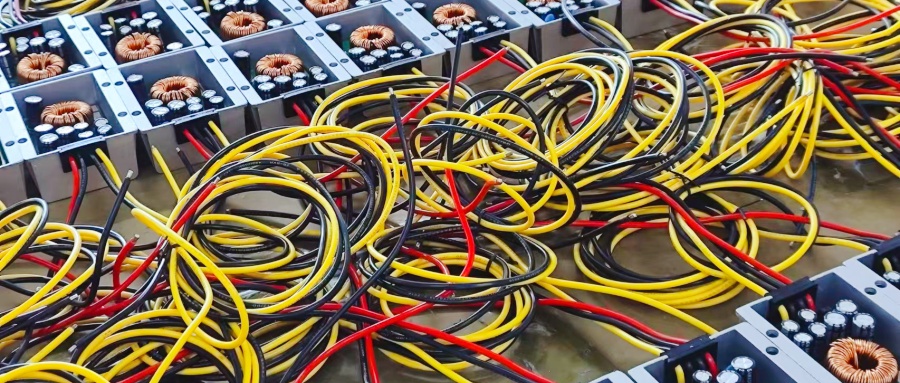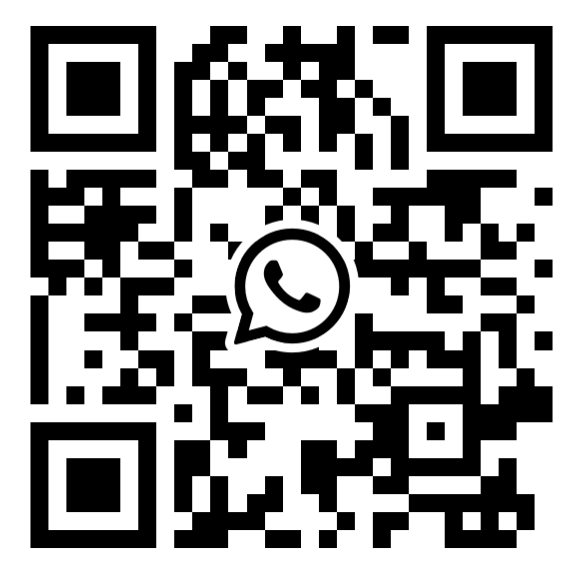
For several years now, switched-mode power converters have been widely used in modern electronics across multiple sectors, including industrial, commercial, utility, and consumer markets. For low-power DC-DC conversion-based applications, most modern power conversion is done using three main types of power converters – buck, boost, and buck-boost. However, specialized applications use advanced combinations or enhanced variations of traditional topologies. There are a variety of DC-DC converter topologies in the literature, but no single solution can meet the needs of all applications. In general, conversion technology has found widespread use in industry, R&D, and everyday life.
Advantages and Disadvantages of DC-DC Converters
DC-DC converters are a key aspect of research in the field of power electronics and energy drives as they are widely used in a wide range of industrial applications. Some of its applications are shown in the figure below. High voltage gain converters are used in a variety of complex applications including radar systems, DC power distribution systems, data centers, and harnessing renewable energy. This is particularly important in renewable energy applications as high voltage gain DC-DC converters help boost the voltage, making it suitable for integration with the power distribution system. DC power distribution generally offers several advantages including reduced number of conversion units, lower price, and improved power quality, making it a preferred choice for a variety of applications.

It is worth noting that the design goals of power electronic converters often vary depending on the application. However, the most common criteria include maximizing performance and increasing power density while reducing overall cost. In addition, attention needs to be paid to operating conditions, including environmental factors and operating at a suitable frequency where core losses and switching losses are minimized. Attention should be paid to reducing voltage and current ripple, as well as heat dissipation and electromagnetic interference, so that power density requirements can be met.
DC-DC Converter Applications
Renewable Energy Applications: The DC-DC converter topology for renewable energy applications needs to draw a continuous and smooth input current for ripple reduction. It should also be able to integrate with different types of power supplies. Non-isolated interleaved high-voltage gain topologies are often used to connect renewable energy sources and microgrids.
Medical Devices: Isolated DC-DC converters are essential in safety-critical applications. This is crucial to separate the output from hazardous voltages on the input side. However, non-isolated converter topologies can be used in applications such as X-ray system power supplies.
Vehicles: In the case of vehicles, the main DC-DC converter converts power from the onboard high-voltage battery to a lower DC voltage that is used to power the lights, wipers, and window controls. This is true for both electric and hybrid electric vehicles. Isolation is critical in situations where the control system must be separated from the high-voltage domain. Buck-boost converters are used to step up or step down the voltage, and charge pump converters are used for voltage inversion.

Smart Lighting: Some lighting applications require LED backlight driver solutions with high efficiency, DC control, voltage protection, PWM-based control, and simple design. DC-DC converter topologies used as effective drivers include linear regulators, charge pumps, and other traditional switching converters.
Overall,DC-DC converters are a key aspect of research in the field of power electronics and energy drives as they are widely used in a variety of industrial applications.The most common criteria that need to be met during the design of DC-DC converters include maximizing performance and increasing power density while reducing overall cost.Some of the key applications that widely adopt DC-DC converters include renewable energy integration, medical devices, vehicles, smart lighting, and other small electronic devices.







